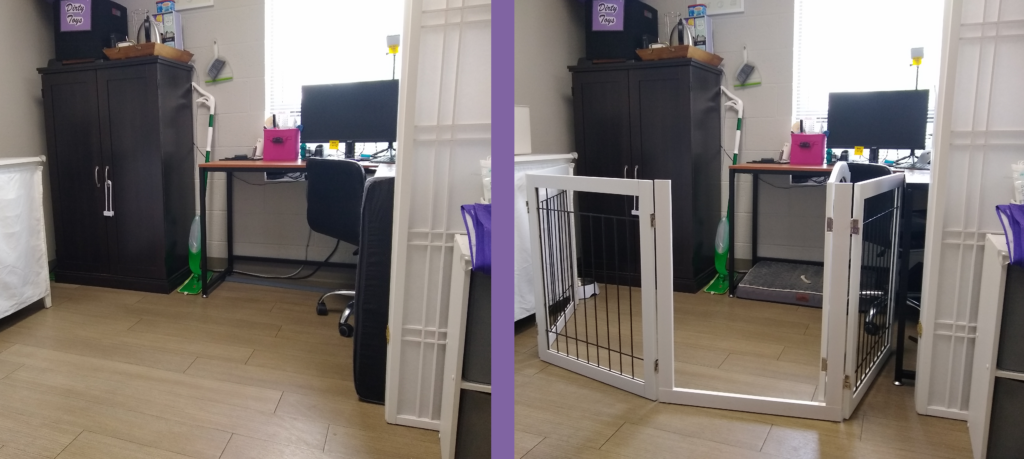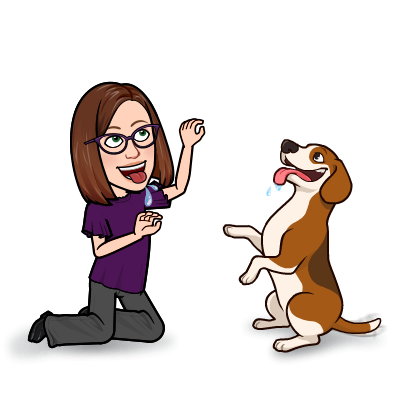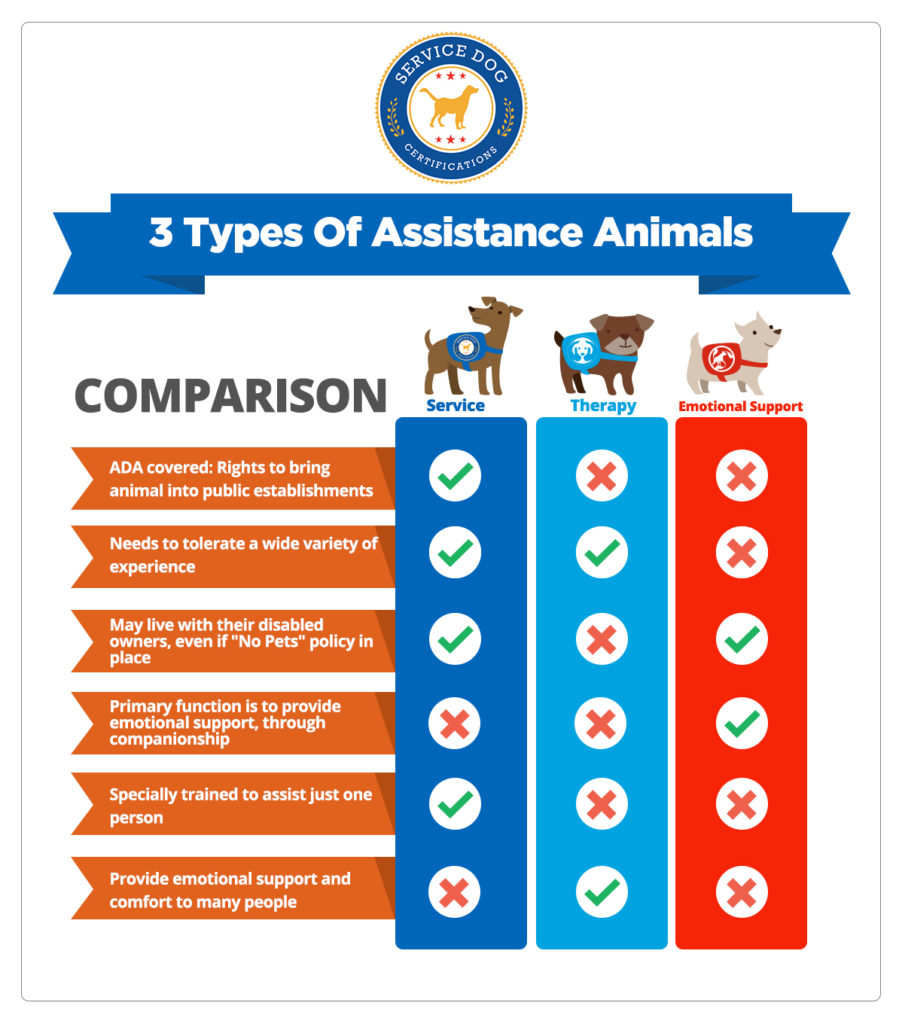I met my first therapy dog when I was volunteering at the New Mexico Preschool for the Deaf – the dog was named Jackson and he belonged to one of the audiologists at the preschool. This started my interest in using a therapy dog in my future treatment.
The first thing to know about therapy dogs is that they’re not service dogs – here’s a great article that explains the difference. In summary, while service dogs require extensive (and expensive) training to help people complete daily tasks, therapy dogs require little training and there are few requirements for them to participate in organizations.
My speech therapy dog, Zooey, is also not an emotional support animal – she has training to actually do her job. You can find details for her training below.
But first here are some basic rules for using Animal-Assisted Intervention (AAI):
- Have a “safe space” for the animal where he/she can go to when feeling stressed/unwell. In Zooey’s case, I got this dog gate and set up a dog bed under my desk. I tell any child who works with Zooey that this area is her safe space and that only she or I can go through the gate. You can see Zooey’s safe space in the photo below.
- Prepare the animal. For Zooey this included visiting the office without patients, training to be calm in the office (without patients at first), and lots of social time around children.
- Prepare the patients. I teach each child who works with Zooey her rules (no sitting on Zooey, no practicing karate around Zooey, and only Zooey is allowed in her “safe space”). For some we even use this social story about meeting new dogs.
- Don’t use AAI with a patient who is afraid of the animal. I’ve had patients who were a little afraid of Zooey – for these kids I kept Zooey in her gated area until they requested she joins us.
- Don’t use AAI with a pet who is afraid of the patient. I had one particular patient who had Attention Deficit/Hyperactivity Disorder (ADHD) and impulsively sat on Zooey, despite all my best efforts (including the social story above) to teach them not to. Since then Zooey gets scared with other children who move too quickly. I’m careful to screen which children might work well with Zooey and rearrange my or Zooey’s schedule if it’s not working out.

Once I got all these in place I started teaching Zooey ways to help me during treatment in the following areas…
Here are some more of my favorite activities for following directions.
Here are some more of my favorite activities for social skills.
Reward & Regluation
Zooey is also used as a reward and calming influence for kids who aren’t working on the above skills. This wasn’t trained as much as it’s Zooey’s natural demeanor – true to her true Basset Hound and Great Pyrenees genes, she’s usually calm and friendly.
Want more ideas? Subscribe to my monthly newsletter!


